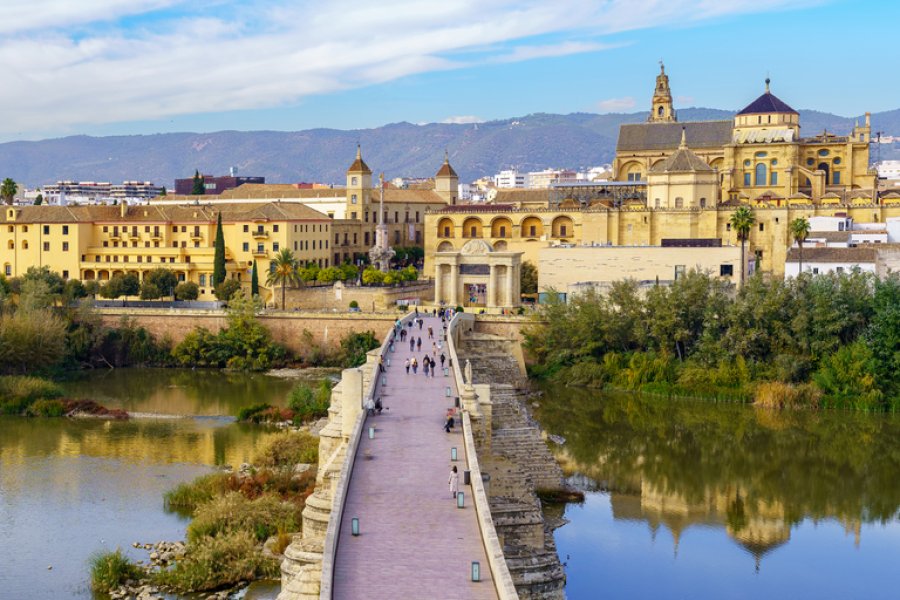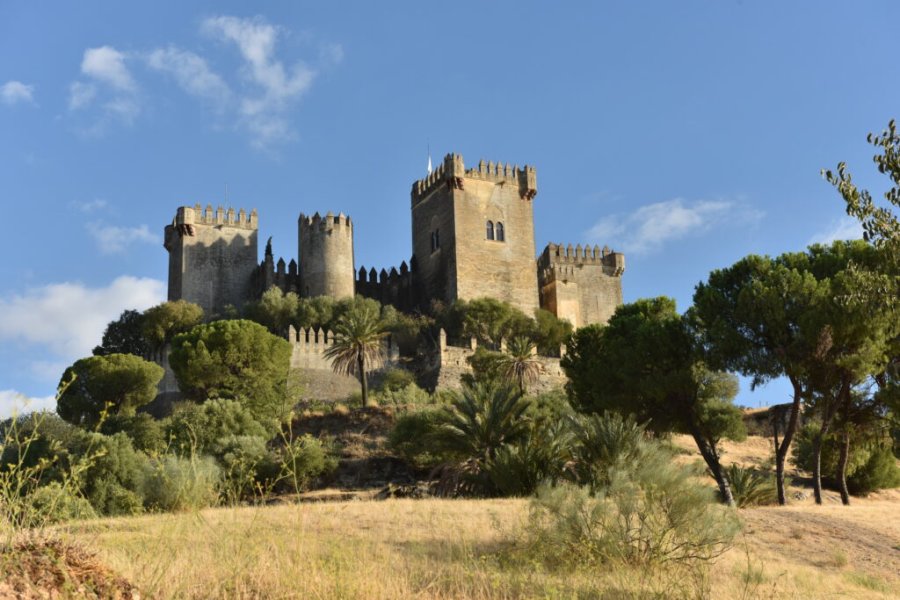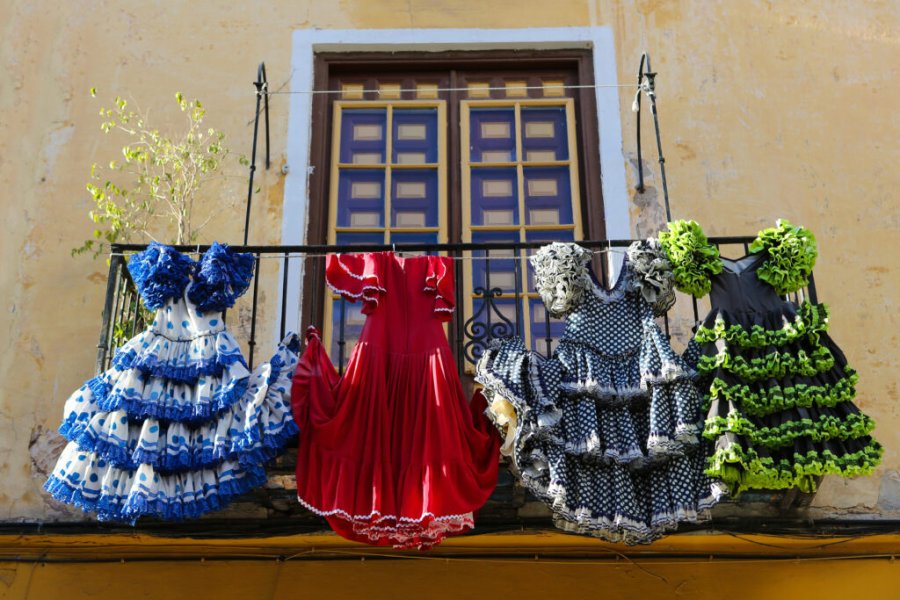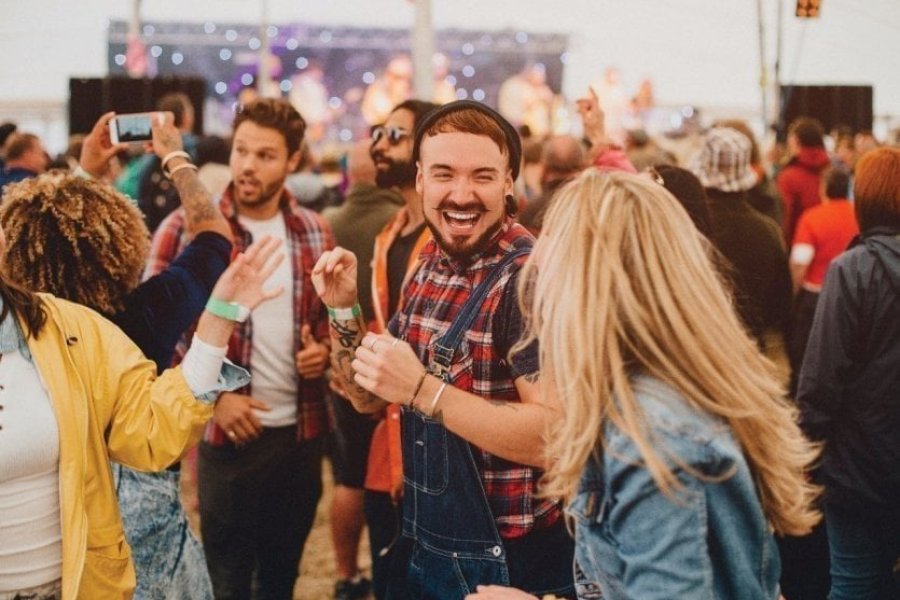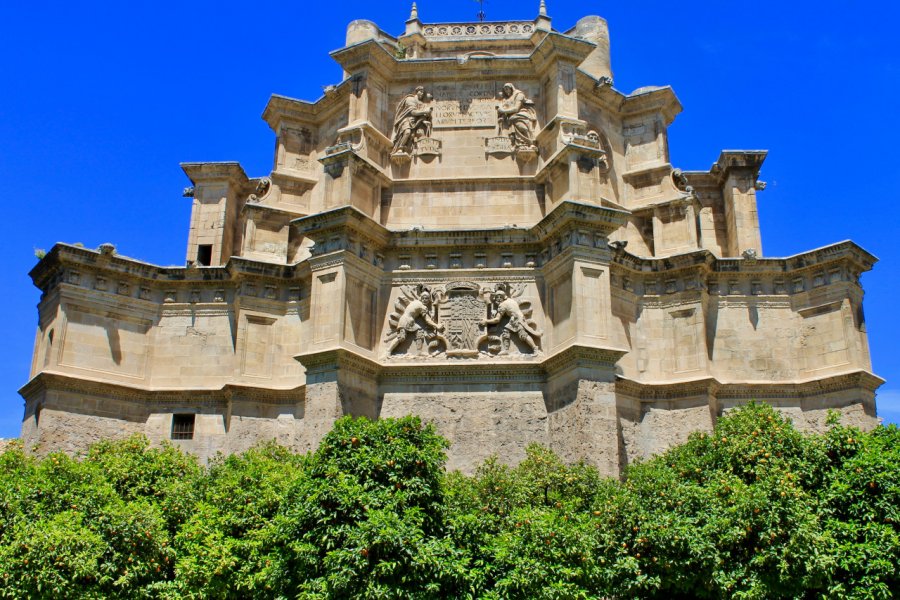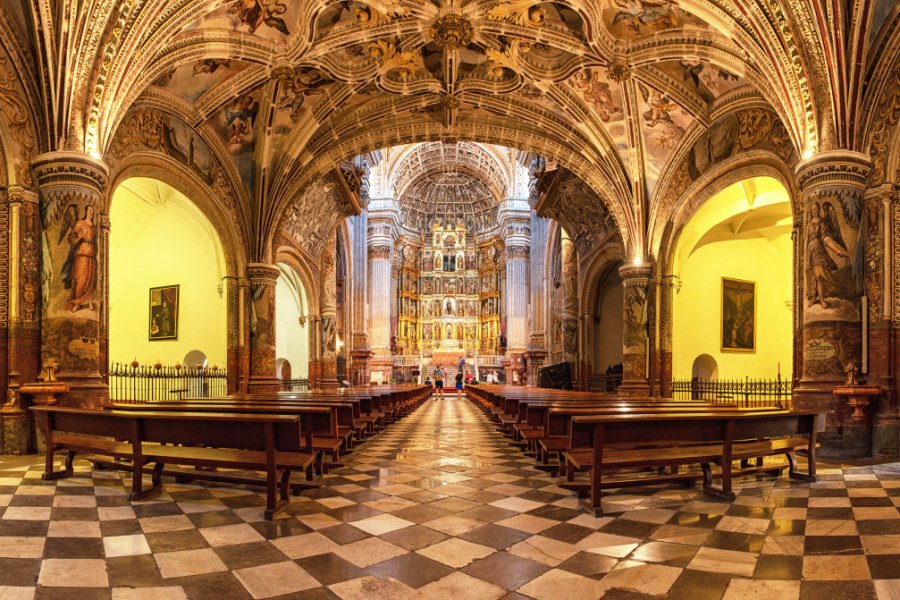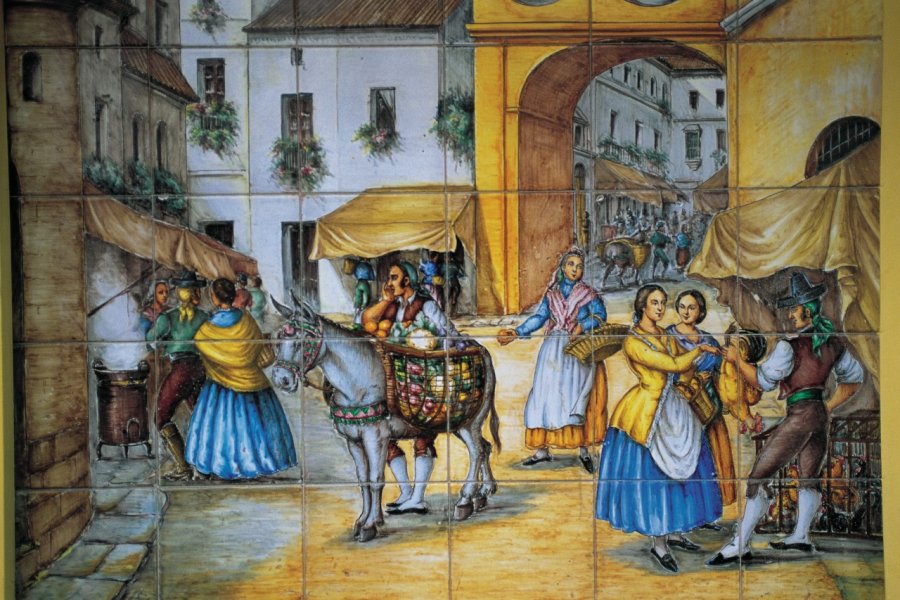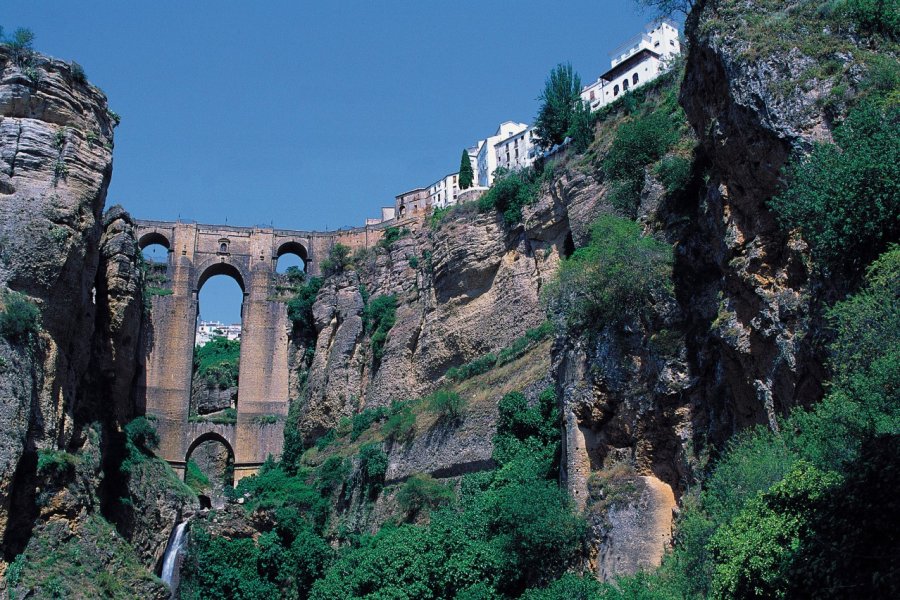Travel guide Andalusia
Located in the extreme south of Spain, Andalusia offers, with its African influences, a pleasantly surprising change of scenery. On the one hand, the mosaics, the lush gardens, the narrow streets of the medinas and the imposing alcazabas testify to the Arab influence of the region, while on the other hand, the party culture, the castles and the numerous places of worship remind us of the rest ofSpain. In fact, it was in Ronda, in the province of Málaga, that the rules of modern bullfighting were established, which can be seen in different villages from May onwards. Halfway between these two influences we find the bewitching flamenco, classified as intangible heritage of humanity, which is sung, danced and above all felt. With 320 days of sunshine a year on its coasts, this destination is best discovered with a glass of tinto de verano in one hand, a delicious drink made of red wine and lemon soda, and a fan in the other. Even though the temperature rarely drops, the diversity of the landscape is such that it is possible to ski in the Sierra Nevada in the morning and sunbathe on the beach in the afternoon, a delight. This tour guide will take you through the narrow streets of Seville, Cordoba, Granada or Malaga in search of the most typical and unforgettable address.
What to see, what to do Andalusia?
-
Book an activity
-
Customized travel
- The most beautiful cities Andalusia
When to go Andalusia ?
Andalusia attracts tourists all year round. The coasts are of course more sought after when the heat arrives, often as a complement to a city visit. In addition, each major event in a city, such as Holy Week, a major sporting event, a feria, etc., attracts a greater number of visitors. You should check out the festivals before you leave, depending on whether or not you want to be in the crowd. You should also know that more and more hotels are making a difference in price between the less expensive weekdays, from Sunday to Thursday, and the more expensive Fridays and Saturdays. Another variable to take into account is the location.
On the coast. High tourist season: July and August. Mid season: from mid-March to June, September and October. Low season: November to mid-March.
Inland. High tourist season: June and September. Middle season: from mid-March to May, July, August and October. Low season: from November to mid-March.
Suggested addresses Andalusia
Travel Andalusia
-
Find a hotel
-
Car Rental
-
International e-SIM package
-
Find a local agency
A one-week stay in Andalusia allows you to discover three essential cities, Seville, Córdoba and Granada and emblematic monuments and places such as the Reales Alcazares, the Great Mosque, Medina Azahara, the Alhambra and the Albaicín district to finish in Antequera. In one to two weeks, you will follow a route that will take you from Seville to the Portuguese border via the Costa de la Luz and the green spaces of the northern part of the province of Huelva. Still from Seville, take the direction of Cordoba. Or make Granada your starting point towards the Tabernas desert, or towards the Costa del Sol, by pushing as far as Nerja. Themed stays will take you along the Jerez wine route or to discover a small paradise, the province of Jaén
Find unique Stay Offers with our Partners
How to go Andalusia
How to go alone
It is very easy to go alone in Andalusia, the network of road, bus and air transport being very developed, organizing oneself on the spot will not pose any particular problem. In addition, Andalusians are friendly and easy to talk to and the region has a level of security similar to France.
How to go on a tour
Andalusia being a very popular destination for the French, many tourist circuits are proposed there. The region being very large, it can be the object of a trip of two to three weeks on its own. It could however be combined with a visit to Gibraltar or the Algarve in the south of Portugal.
How to get around
Between cities, bus journeys are very popular in Andalusia. The Andalusian road and motorway network is quite developed and of good quality overall, and most of the expressways (four lanes) are not toll roads (except the A7 from Malaga to Estepona and the A4 from Seville to Cadiz).
In the city, Malaga, Seville and Granada have metro-tram lines with attractive season tickets (bonobus) for stays of several days.
Featured articles Andalusia
Discover Andalusia
In the southern part of the Iberian Peninsula, Andalusia is made up of eight provinces: Seville, Huelva, Cadiz, Malaga, Granada, Jaen, Cordoba and Almeria. A minimum tour includes the splendor of the Alhambra in Granada, the Mezquita in Cordoba and the Reales Alcazares in Seville. But this vast territory has much more to offer: a brilliant historical and artistic heritage that can be found in each of its provinces. It will lead you, for example, to discover the delightful city of Cadiz and the wine trails of Jerez, the impressive offer of Málaga in terms of museums, the beautiful beaches of Huelva or the Cabo de Gata Nijar Natural Park, a small jewel of Almeria. Without forgetting to go to the inland paradise that is the province of Jaen to admire Renaissance jewels like Ubeda and Baeza. It will also discover through its intangible heritage, flamenco and its Semanas Santas.
Pictures and images Andalusia
The 12 keywords Andalusia
1. Andalusian accent
Andalusians have a very pronounced accent. You'll quickly notice it, with a strong tendency to eat up a few syllables of each word, depending on the listener's perception, but which corresponds in their minds to a longing for syllables. It'll take some getting used to, but you'll soon grow to love it.
2. Bacalao
This refers to codfish, but also to the highly commercial techno music that has been popular in Andalusian pubs and discos since the 1980s. With strident sounds and electronic rhythms. It can also be heard coming out of cars, scooters or radios taken to the beach.
3. Castanets

Experts clap them in the hand to produce a particular sound. Introduced in the 17th century, they were used to accompany a dance, the fandango, which was prohibited by the Church at the time. They owe their popularity to the flamenco and Sevillanas of the last century. Today they are used much less for shows.
4. Corrida
Its image is strongly linked to Andalusia, and it was in Ronda that the rules of modern bullfighting were set. Bullfighters are stars in the same way as actors and singers. And their photos take pride of place in many a café. They usually take place during ferias, and are still as popular with some people as soccer.
5. Fan

From spring onwards, you'll be able to observe the art of handlingabanico on public transport and in the street. A must when temperatures exceed 40°C. It's the must-have souvenir to bring back from Andalusia. Prices range from a few euros to higher for models made of fine lace.
6. Gypsies
Andalusia is home to over 350,000 gypsies, around 45,000 of whom live in the province of Granada. Their daily situation remains very precarious, and it is estimated that six out of ten Spanish gypsy children are still illiterate. In 1996, the Andalusian parliament declared November 22 Andalusian Gypsy Day, in tribute to their cultural contribution.
7. Mañana
We often have to put off until tomorrow, mañana, what we can do the same day. An adage that goes like a glove to Andalusia. Even if the pace has accelerated somewhat today, there is still time to live. Also, don't expect people to run down the street. It is customary here to arrive a little late for an appointment.
8. Noise level
Andalusia remains like Spain, which is making noise. It will be attributed to the ambient vitality but it also results from a habit of speaking very loudly, and claimed as such. When you get there, you might as well enjoy this energy. While being attentive to your accommodation if you want to preserve your sleep.
9. Olive trees
Introduced by the Arabs in the 17th century, olive trees cover almost 60% of Andalusia. This generates 80% of Spain's annual production. Olive oil, the region's liquid gold, is found in many dishes, and is proud to be part of the Mediterranean diet. To be tried without moderation.
10. Processions

It's especially during Semana Santa (Holy Week) that religious processions parade through the main streets of the towns. With enormous pasos, altars lavishly decorated and decorated with flowers, and a procession of penitents. Followed by crowds of believers, often arriving well in advance of the ceremonies to get a front-row seat.
11. Tinto de verano

As its name suggests, it is the ultimate summer drink in Andalusia. Most of the time served in a tubo glass, with a long form, this drink is composed of red wine, mosto tinto and lemonade. Some establishments add a glass of Martini or ice cubes with seasonal fruits, such as grape berries.
12. Uvas
These uvas are the grapes that play a very special role on the evening of December 31st. Each grape must be swallowed at the stroke of midnight, to ensure that the year unfolds under the best possible auspices. It's a tradition followed by everyone, their eyes riveted to the clock and punctuating the final figures of the countdown in a loud voice.
You are from here, if...
You're on first-name terms with your contacts, even if you haven't known them very long. It's customary to be on first-name terms. If necessary, use "usted" and let your interlocutors specify that they wish to be on first-name terms.
You have an easy kiss, not an outstretched hand, a beso, or even an abrazo, a hug.
You don't enjoy your tapa and croquette alone. It's a matter of sharing, just like the dishes, which are marked "por compartir", to be shared, and everything will be placed in the center of the table, with a small fork or toothpick.
You know how to be patient. Not everything will be done at the exact time or in the precise way you'd hoped. There's no need to take it out on a cab driver or a waiter - minuto can last...
You ask people if they speak French or English. Despite some progress, language skills are no better than in France.

